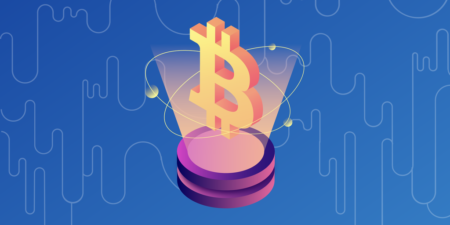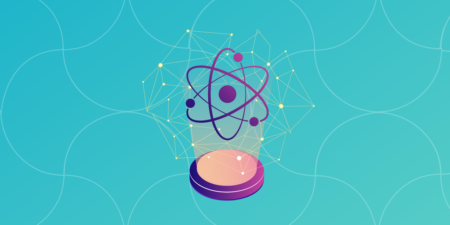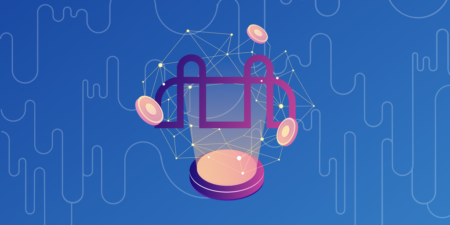Galxe, one of the busiest platforms in the crypto world with over 31 million users, faced challenges related to slow and expensive transactions due to the high volume of users trying to perform actions simultaneously on the Ethereum Virtual Machine (EVM). To address these issues, Galxe introduced Gravity, its own tailor-made blockchain designed to cater to its large user base. The Layer 1 Blockchain of Gravity, known as Grevm 1.0, was launched in August 2024 as a proof-of-stake (PoS) blockchain and smart contract platform.
Grevm 1.0 is an open-source, parallel EVM runtime that facilitates nearly 800,000 daily transactions on Galxe’s ecosystem. Based on revm, an EVM written in Rust, Grevm allows multiple transactions or smart contract operations to run simultaneously instead of sequentially, helping to avoid performance bottlenecks during periods of high demand. Grevm uses an algorithm inspired by BlockSTM, a parallel execution engine, and incorporates Asynchronous I/O to improve performance in various circumstances.
Galxe’s benchmark testing indicates that Grevm is the fastest open-source parallel EVM implementation to date, offering significant speed improvements over sequential execution. Grevm can handle computations in parallel, minimize latency, and boost throughput, which will benefit DeFi protocols and dapps running on Gravity’s network. Various projects are already building on Grevm and Gravity, including Galxe Quest, Galxe Passport, Galxe Score, and Symbiosis, a cross-chain AMM and decentralized exchange.
Gravity’s native utility token, G, is used for gas fees on the network and payments on apps like Galxe Quest, Galxe Passport, and Galxe Score. Users can stake G tokens to secure the network and participate in governance decisions to shape the future of the blockchain. G can be purchased on major exchanges like Binance, OKX, Upbit, and KuCoin, as well as decentralized exchanges like Uniswap, with trading pairs including Tether (USDT), USD Coin (USDC), and Wrapped BNB (WBNB).
Looking ahead, Grevm 2.0 is scheduled for release in early Q1 2025, focusing on refining parallel transaction processing to increase efficiency and precision. The new version will introduce fully Asynchronous I/O and finer-grained transaction-level concurrency, allowing related transactions to run in parallel once dependencies are resolved. With continued testing and enhancements, Galxe expects that Grevm 2.0 will enable faster, more scalable solutions within Gravity’s ecosystem.



















